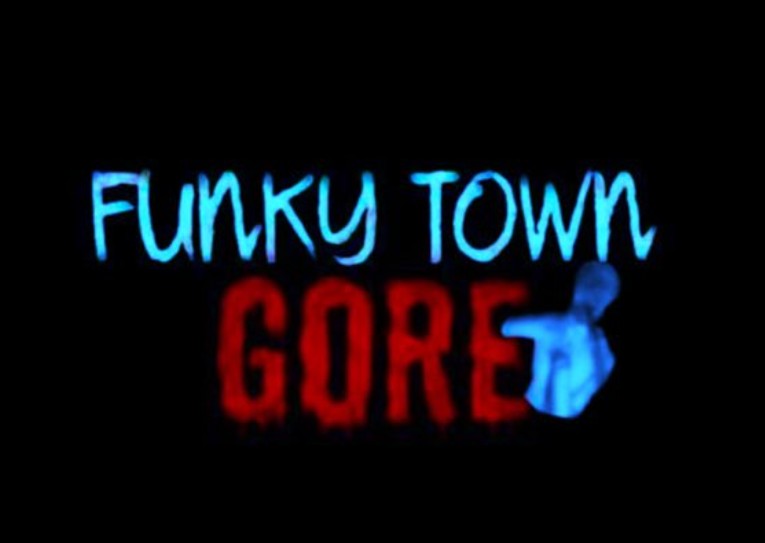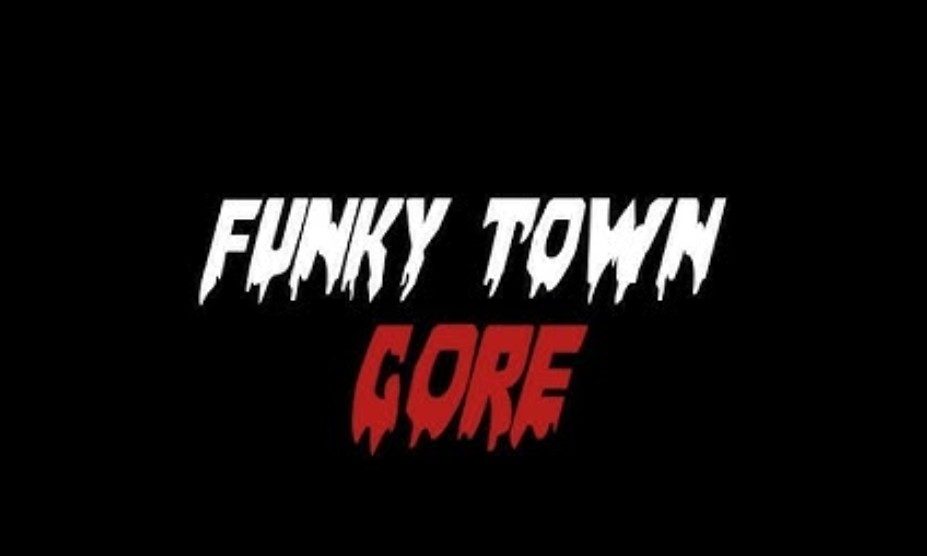Funky Town Gore Video and Ethical Questions
In the vast and often chaotic world of the internet, certain pieces of content achieve a notorious status that sets them apart from all others. One such example is the Funky Town Gore Video, a piece of footage that has circulated for years across dark web forums, gore communities, and, more recently, mainstream discussions. Unlike viral memes or internet pranks, this video represents one of the darkest intersections between violence, organized crime, and digital culture. What makes the Funky Town video stand out is not only its horrific content but also the bizarre contrast created by the upbeat disco song “Funky Town” playing in the background as unspeakable acts unfold.

This article examines the origins of the Funky Town Gore Video, its disturbing content, cultural significance, ties to cartel violence in Mexico, and the ethical dilemmas that arise when real-life brutality becomes a form of internet folklore.
Contents
Origins of the Funky Town Gore Video
The Funky Town Gore Video first emerged online in the late 2010s, though its exact date of recording is still debated. It is widely believed to be linked to Mexican drug cartels, who have long been known for recording executions and sharing them as propaganda tools to intimidate rivals and local communities.
Full Video Funky Town Gore
The reason behind the video’s name lies in its soundtrack. The upbeat disco hit Funky Town by Lipps Inc. plays in the background, clashing disturbingly with the scene of torture and brutality. This pairing of cheerful music with unimaginable violence created a surreal and haunting effect, ensuring the video’s place in internet history.
At first, the video circulated only within gore-specific forums and hidden corners of the web. However, as curiosity grew and whispers about “the most disturbing video ever made” spread across platforms, it leaked into wider online spaces. By the early 2020s, discussions about Funky Town appeared on Reddit, Twitter, YouTube commentary channels, and TikTok, exposing entirely new audiences to its existence even if many never watched it directly.
Content of the Video
The Funky Town Gore Video is infamous for its disturbing and graphic content. It depicts a man restrained and subjected to extreme torture and mutilation. His body is dismantled piece by piece, while “Funky Town” plays in the background, creating a chilling contrast between sound and image. The victim is conscious for much of the ordeal, amplifying the horror for viewers.

The length of the video and the deliberate way it is filmed suggest a grim theatricality, as though it was made not only to kill but also to entertain or terrify. This mix of sadism and cinematic staging is part of what makes Funky Town stand out among other cartel-related gore footage.
Viewers often describe it as one of the hardest videos to watch on the internet. The brutality alone is overwhelming, but paired with the absurd soundtrack, it creates a psychological effect that lingers long after viewing.
Cultural and Psychological Impact
What sets Funky Town apart is not just the gore but the unsettling juxtaposition of joy and horror. The disco track “Funky Town” is usually associated with dance, celebration, and nostalgia. Hearing it alongside such gruesome acts creates an almost surreal experience, making the video stick in the minds of those who watch or even just hear about it.
Over time, the Funky Town video has become an internet reference point. It is often mentioned in online discussions about the “worst videos on the internet” and appears in memes, reaction compilations, and YouTube listicles. For many young people who stumble across these discussions, the video becomes a morbid curiosity something that represents the forbidden edges of digital culture.
Psychologically, the video has caused trauma for many unsuspecting viewers. Some describe being unable to listen to the song Funky Town without recalling the images. Others report nightmares or long-lasting unease. This raises important questions about exposure, consent, and the psychological effects of stumbling upon violent content online.
Connection to Cartel Violence in Mexico
To understand the Funky Town video, it is essential to recognize its roots in Mexican cartel violence. For decades, drug cartels in Mexico have used public displays of brutality as a tool of intimidation. Executions are recorded, edited, and shared as propaganda to send a clear message: opposition will be met with extreme cruelty.
The Funky Town video fits within this framework. It was almost certainly made not for entertainment, but for terror. By recording and distributing such shocking brutality, cartels demonstrate their dominance and instill fear not only in rivals but in entire communities.
This method of “narco-terror” highlights how media and violence intersect. In the digital era, terror is not just local but global. Even viewers in other countries, with no direct involvement in cartel wars, become unwilling witnesses to the brutality.
Online Spread and Controversy
The internet thrives on curiosity, and the Funky Town video became a prime example of this. From obscure gore forums, it spread to more mainstream sites where users debated whether or not it was real, how it was made, and why people would want to watch it.
As it gained notoriety, platforms like Reddit, Twitter, and TikTok became battlegrounds for debates. Some argued that sharing the video raised awareness about cartel violence, while others condemned it as exploitative and disrespectful to the victim.
Content moderators faced a difficult task. On one hand, removing the video protects viewers and respects the dignity of the victim. On the other hand, censorship raises questions about freedom of information and whether people should be shielded from harsh realities.
Ethical Questions and Morality
The Funky Town Gore Video forces viewers to confront uncomfortable ethical dilemmas. Should people watch such videos? Does curiosity justify engagement with real human suffering?
Critics argue that watching or sharing these clips dehumanizes the victims, turning their suffering into entertainment. Families of victims may also be retraumatized by the video’s circulation. On the other hand, some argue that the footage is a raw and unfiltered record of cartel violence, showing the harsh reality that mainstream media often sanitizes.
Ultimately, the debate reflects broader questions about the internet: where is the line between free access to information and the responsibility to protect human dignity?
Comparisons with Other Infamous Gore Videos
The Funky Town video is often compared to other infamous shock videos, such as 3 Guys 1 Hammer or Luka Magnotta’s 1 Lunatic 1 Ice Pick. Like these, it features real violence, recorded with intent to shock and terrify.
However, what makes Funky Town particularly haunting is the surreal soundtrack. While most gore videos feature silence, ambient noise, or screams, Funky Town’s disco background makes it uniquely disturbing, and therefore unforgettable.
Legacy of the Funky Town Gore Video
Years after it first surfaced, Funky Town continues to hold a notorious place in internet culture. It has become a point of reference whenever discussions about the “worst video online” arise. For many, simply hearing the song Funky Town now carries dark associations.
The video’s legacy is a cautionary tale about the darker corners of the internet. It shows how quickly violent content can spread, how curiosity drives engagement, and how difficult it is to control once it enters the digital bloodstream.
The Funky Town Gore Video is more than just another piece of violent content. It is a cultural phenomenon that highlights the intersection of organized crime, digital media, and human psychology. Its shocking content, bizarre soundtrack, and viral spread have ensured its place as one of the most infamous videos on the internet.
Yet its existence also forces us to confront unsettling questions: why are people drawn to such content, what responsibilities do platforms have, and how should society respond to the exploitation of real human suffering?
Ultimately, Funky Town remains a grim reminder of the internet’s power to amplify both human creativity and human cruelty. In a digital age where information flows without boundaries, the line between awareness and exploitation grows ever more difficult to draw.
Daily News -Lil Nas X Video and When Fashion Becomes a Statement
Freddy Mireles Video and Tragic Shooting in Edinburg, Texas
Man Defends Wife from 5 Women Original Video or Husband
Osamason and Yuri Video and Wave of Online Reactions
Paris Harvey Video and Kuaron Harvey in St. Louis Livestream Incident
Cooking with Kya Video and Its Cultural Impact

